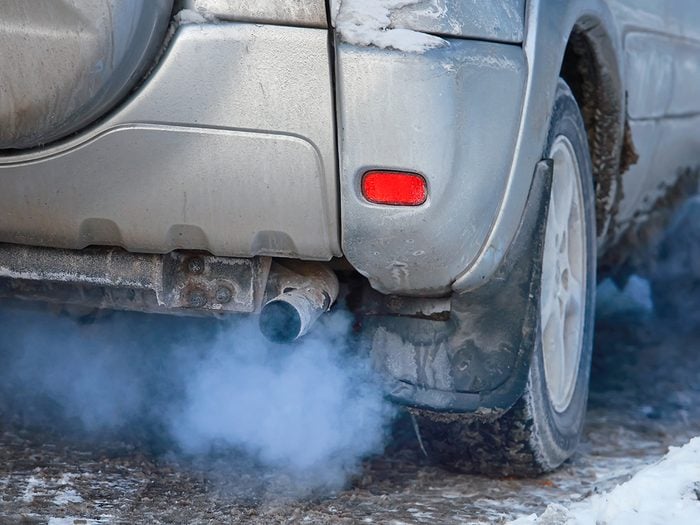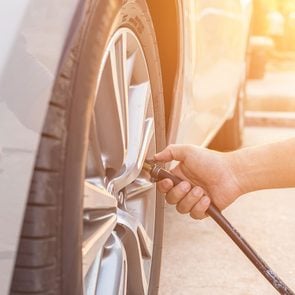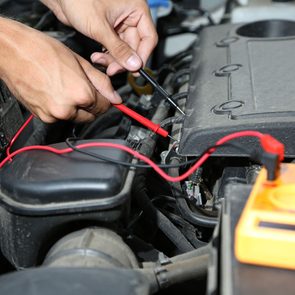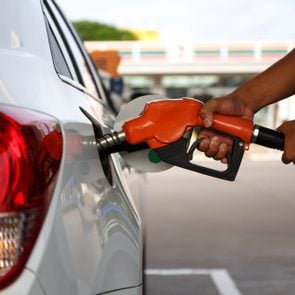Restarting Your Car Does Not Use More Fuel Than Idling—Here’s Why

The verdict is in! You’re actually wasting money by leaving that car idle.
It was previously believed that keeping your car idle, instead of restarting your car, is better for your engine. So if cars are waiting in a line, or simply waiting outside for someone to hop in, the car should stay on and idle. Although this belief was proven to be true back in the day, it actually is no longer true for cars now.
According to a video published by The Massachusetts Department of Energy Resources, keeping your car idle is actually terrible for the environment. The reasoning has to do with the technology used to fuel the engine within the car and how that technology has changed.
Back in the day, cars used carburetors to help fuel the engine. Carburetors combine air and fuel for proper engine performance. It also uses more fuel when engines start up, versus idling with the car on. Hence why people keep the car idling to save energy. (Here are more car myths you need to stop believing.)
However, technology has changed, and carburetors aren’t used anymore. In the 1980s, auto manufacturers switched carburetors out with fuel injection systems. This system also combines air and fuel, but in a more controlled volume compared to a carburetor. The fuel is used more efficiently since little fuel is actually used to start up the car.
This means that more fuel is used when the car is idle, versus starting it up all over again. Hence why we see more cars made with the start-stop technology. Not only does this technology save the overall energy within your car, but it also decreases the amount of wasted fuel (and air pollution) each year.
Although the technology has improved, and fuel-injection systems have proven to be better for the engine, it’s still helpful to point out how continually stopping and starting your car more than 20 times a day could impact the car’s battery and starter, according a 2015 study by Argonne National Laboratory for the U.S. Department of Energy.
“For a typical motorist, the damage to starting system components resulting from additional daily start cycles will be negligible,” the report read. “Overall, it was found that starter life is mostly dependent on the total number of start cycles, while battery life is more dependent on ensuring a full charge between start events.”
The car shouldn’t be stopped and started at every stop because the battery needs time to recharge. The report said: “Overall, frequent stop-start cycles (start engine, drive 2- 3 miles [4-5 kilometres], then shut engine off to restart soon after) will degrade the battery. Less-frequent stop-start cycles (start engine, drive more than about six miles [10 kilometres], then shut engine off) will maintain the life of the battery as the state of charge will be maintained at a higher level. To recharge the battery, the vehicle should be driven, rather than idled, because the alternator is less efficient at idle speed. Using accessories while the engine idles could still result in a net drain on the battery.”
The report concluded that best practices are to limit start-stop events to 10 a day, any shutdown greater than a minute will result in cost savings and drive greater than 5 miles [8 kilometres] between start-stop events.
So instead of keeping your car idle, shut it off while you wait for that person to hop in!
Next, check out these pro tips on how to get better gas mileage.






